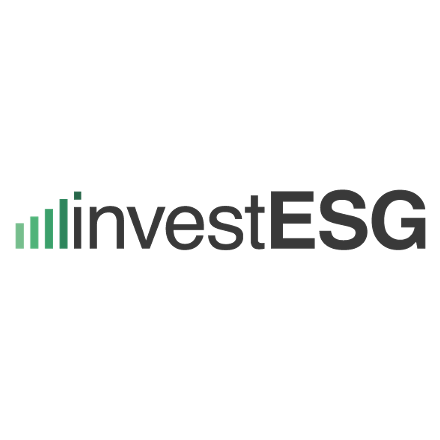INSIGHT by WWF in Davos, WEF


New WWF tool uses data from 50 organisations including NASA, the World Bank and IUCN to help investors and companies understand the risks they face from biodiversity loss
When used on a representative investor portfolio, the tool finds that most portfolio companies have a medium or high exposure to biodiversity-related risks
WWF’s Biodiversity Risk Filter is a free to use, web-based tool that helps businesses identify and reduce biodiversity-related risks across their own operations, their value chains and investments.Using 50 data sets from NASA, IUCN, the World Bank and many other sources, it breaks down complex biodiversity information to give decision makers practical information to assess biodiversity-related risks across all industries and in all countries.Accompanying the tool, WWF launched a report ’Tackling Biodiversity Risk’ where they applied the Biodiversity Risk Filter methodology to 600 companies listed on the MSCI ACWI index (1). The report finds that the vast majority of the portfolio companies have a medium or high exposure to biodiversity-related risks.Karen Ellis, WWF’s Chief Economist said: “With nature in freefall, businesses and investors in all sectors are exposed to increasing biodiversity-related risks. WWF’s new Biodiversity Risk Filter is powerful new tool that gives decision makers a clear picture of biodiversity risks so they can make better choices for their companies and, at the same time, help protect and restore nature.”“Increasingly, companies and financial institutions recognise the business case for tackling biodiversity loss, but many simply do not know where to start.”
Rebekah Church, WWF’s Global Biodiversity Stewardship Lead said: “Increasingly, companies and financial institutions recognise the business case for tackling biodiversity loss, but many simply do not know where to start. Understanding biodiversity-related business risks is the first step towards being able to tackle them and a prerequisite to setting relevant biodiversity targets, something many companies are likely to look at during this year following the adoption of the Global Biodiversity Framework. This tool helps them to map and assess biodiversity-related risks, enabling them to prioritise investments in areas that will make the most impact in mitigating their risks,”According to the World Economic Forum, more than 50 percent of global GDP, or US$44 trillion, is highly or moderately dependent on nature and its services and ultimately our whole economy and very survival is dependent on natural ecosystems.Nature loss is not only an ecological issue, but also an economic issue impacting companies and financial institutions. In December 2022, 330 business and financial institutions with combined revenues of more than US$1.5 trillion called on world leaders at the Montreal Biodiversity Conference (COP-15) to adopt mandatory requirements for all large businesses to assess and disclose their impacts and dependencies on biodiversity by 2030.Understanding biodiversity-related risks and opportunities along the value chain and across different locations has been one of the most challenging tasks for companies and financial institutions striving to develop nature-positive business models.
However, until now, understanding biodiversity-related risks and opportunities along the value chain and across different locations has been one of the most challenging tasks for companies and financial institutions striving to develop nature-positive business models.WWF with Climate & Company have published guidance on how the risk filter can be applied to a portfolio of companies and presents a case study on a representative investor portfolio.Both risk filter tools help the private sector develop sustainable business operations and investments and support the alignment of companies’ and financial institutions’ sustainability commitments and engagement with global frameworks including the Taskforce on Nature-related Financial Disclosures (TNFD), Science-Based Targets Network (SBTN) and the UN Sustainable Development Goals (SDGs).WWF and Climate & Company also conducted a case study on a representative investor portfolio of listed companies. The results from the case study show most of the portfolio companies have a medium or high exposure to biodiversity-related risks. The case study also demonstrates that with the help of the WWF Biodiversity Risk Filter tool and methodological guidance, companies and financial institutions can start to analyse and identify potential biodiversity-related risk hotspots to prioritise for action.The Biodiversity Risk Filter tool launches at a time when there is a growing consensus that we not only need to halt the ongoing destruction of the natural world, but also shift our economies and societies towards ones that exist in harmony with nature. All opinions expressed are those of the author and/or quoted sources. investESG.eu is an independent and neutral platform dedicated to generating debate around ESG investing topics. investESG
investESG

